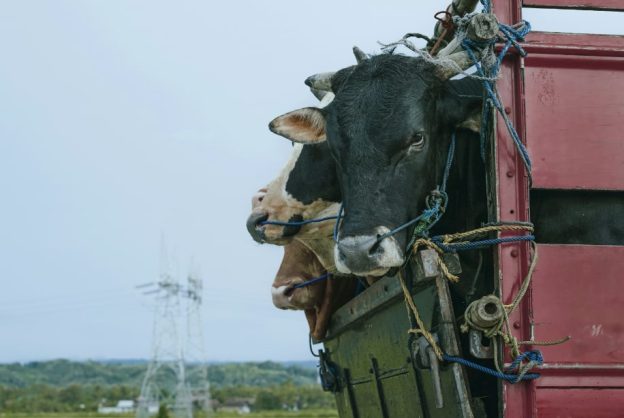We are a family-run establishment that consistently provides first rate merchandise. Our speciality is with agricultural items. There is an extensive range available, so you will find everything from food to wormer, fertiliser to workwear. Even better, we sell everything for highly competitive rates. We’re certain you’ll find what you need here.
What we want to do today is look at the individual types of cattle wormers. At the same time, we aim to explore what you are able to do to lower the risk of anthelmintic resistance on farms.
There are all kinds of products for treating gut worms, liver fluke, and lung worms. Saying this, the broad spectrum of wormers belong to three groups. Firstly is white drenches or Benzimidazoles. Secondly is yellow drenches or Levamisoles. Thirdly is clear drenches or Macrocyclic lactones.
Efficient worm treatment
A complete, efficient worm treatment should lower the faecal egg count to nothing following administration of the dose. If the reduction is under 95% following treatment, then you have worm resistance on your property.
You may be wondering how to tell if your wormer is efficient or if there is a resistance issue. What you can do is take a faecal sample from cattle before treatment. Then, do another 14 days following treatment (7 days for Levamisoles). This will help you determine how well the product works.
Buying in cattle
You also need to avoid purchasing cattle with resistant worms or take the right steps when you move them in. Introducing new stock without efficient quarantine treatments is a leading contributor to resistance showing up on your farm. It’s best to assume all brought in cattle have some level of resistance. As such, you should quarantine and treat them using something that works on your farm.
It’s preferable to hold off cattle on grass for 48 hours following treatment. This is until any worm eggs existing in the gut pass out via the faeces. Once the treatment ends, turn the cattle out to fields grazed previously by your cattle in the same grazing season. This will help to ensure that any resistant worms passed out by new stock get outnumbered by the none resistant kind.
Proper dosing
See to it that you are not under dosing cattle with wormer. This can result in inefficient treatment and worm resistance. Weigh the heaviest animal you have. Dose the other animals to that weight unless there are massive differences. If there are, split the group roughly in half by size. Dose to the heaviest in each group.
Spot dosing
Finally, think about spot dosing cattle. There will be animals that don’t need a treatment. You might see that some in a group are doing visibly better than others. In this scenario, they likely won’t need a dose. Save the cost and reduce the risk of building resistance.
Alternatively, there may be a few animals underperforming if you compare to all the others in the group. If so, it could be worth it to do a faecal sample test to guarantee that parasites are the reason for this. You need to be certain that some other factor isn’t at work here. If it is parasites, dose the underperformers.
Start shopping with us for wormer and other products
At JS Hubbuck Ltd, we have plenty of quality goods available. The wormers will help you keep your animals safe from parasites. There is plenty of other merchandise available that can help you in other areas too.
Our big selling point is we have great product knowledge and can help clients to choose the right goods. So, if you are interested in finding out more about wormer or anything else we offer, feel free to contact us.

